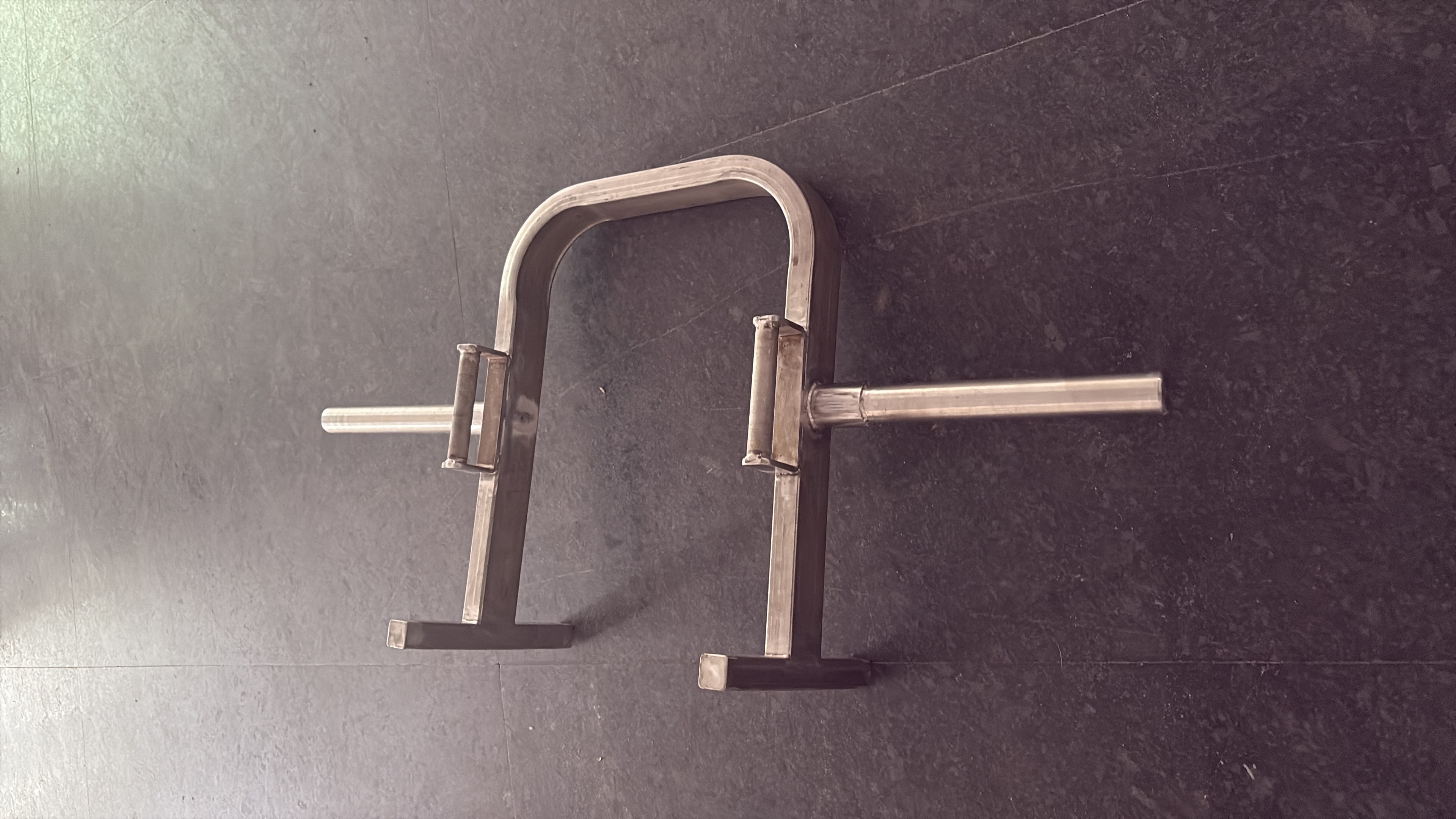Barbells are the most versatile of training tools. Almost any specialist bar will do less than what a barbell does. But specialist bars have a few pros that make them better suited to perform a move than the barbell. We take a look at the trapbar. The trapbar is a specialist bar built for deadlifting. It can be used to row, split squat, lunge, farmers carry and press (if you like to live dangerously).
A barbell can be held either with palms facing away from you, towards you or something in the middle (mixed grip). The trap bar allows for a neutral grip. This means the palms face each other. This is a friendlier position for the upper back and shoulders. On the deadlift, squeezing your upper back is important to maintain tension all the way down to your lower back during the lift.
The barbell deadlift setup might be one of the hardest things to learn and coach. For a barbell deadlift, your back needs to be closer to parallel to floor than upright with little knee bend. This is a challenging position to get into. The trapbar reduces this entry barrier significantly. With a trap bar you can adjust how horizontal or vertical the back is. You can also use varying degrees of knee bend which will change how involved the quadriceps are in the lift. This is advantageous for a newbie looking to learn to pick a weight off the floor.
Barbell purists argue rightly that the trapbar would involve the quadriceps more than a barbell would. This is a true. The trapbar makes it easier to be upright and bend your knees to pick up the weight. But you can also perform a trapbar deadlift with a hip dominant hinge position.
Between the neutral grip, the weight being in line with your mid-foot and being able to bend your knees more, the trapbar deadlift is quite distinct from a barbell deadlift. Athletes can use either or both in their programs. The trapbar allows for a more vertical line of travel. As far as science goes, both moves are terrific at improving strength and power in the lower limbs.
For a newbie with no interest in competitions and whose only priority is stronger legs, is the trapbar deadlift with its easier setup and malleable start position that much of a problem ? We think not.
There are three types of trapbars a regular closed trapbar. an open back trapbar and a vertically loaded trapbar (open back or not). You can use an open back trap bar to lunge and split squat more comfortably. Trapbars can come with high handles which lets you pull from a higher than standard (9 inch) position (rack pull).

